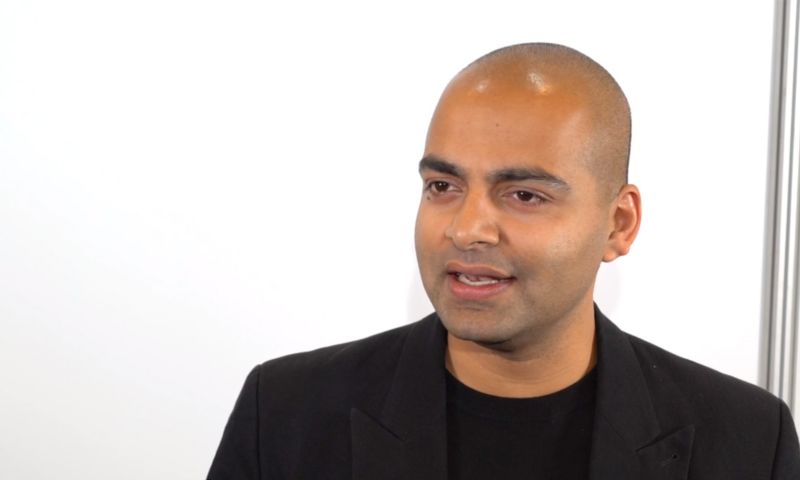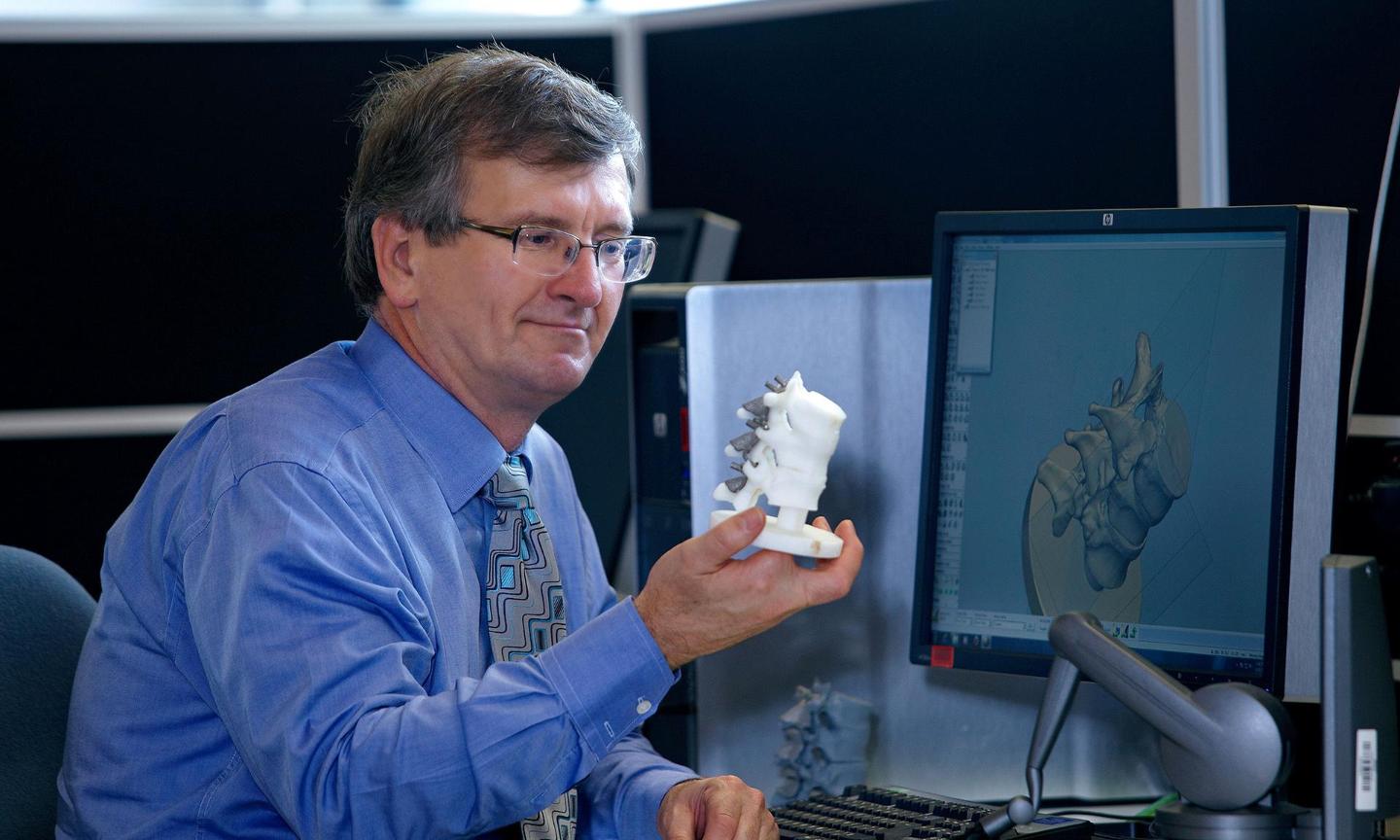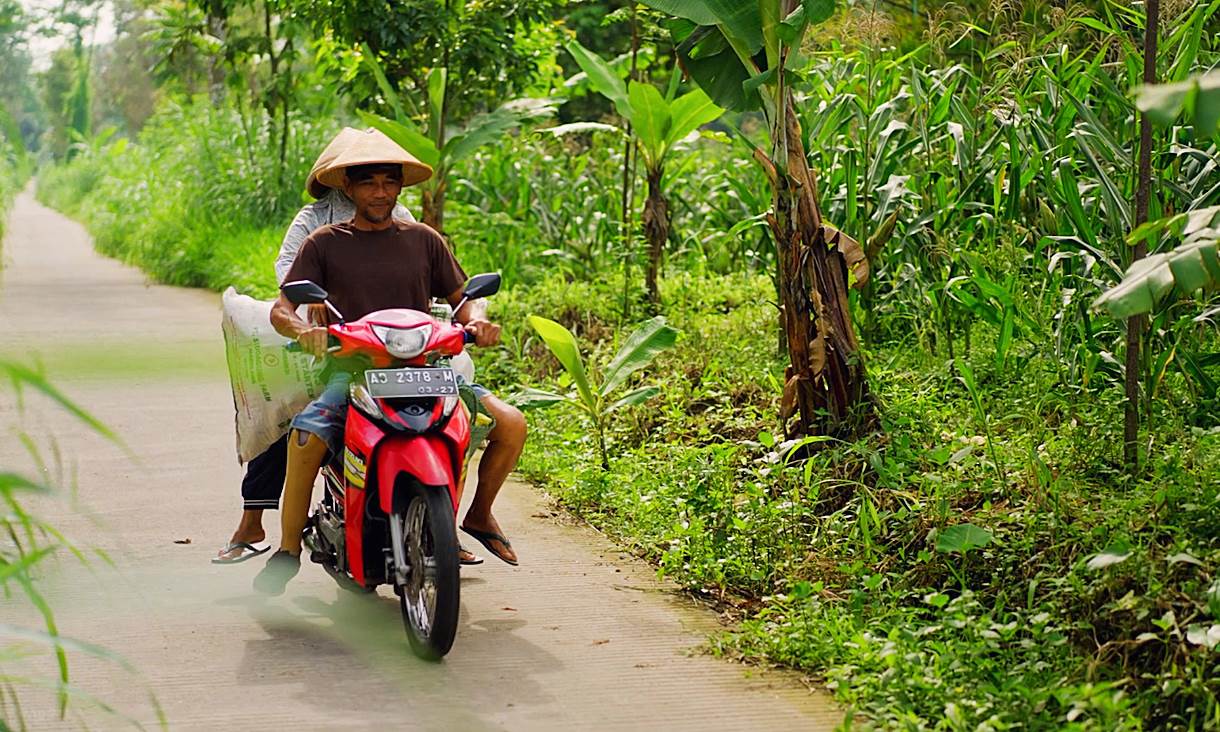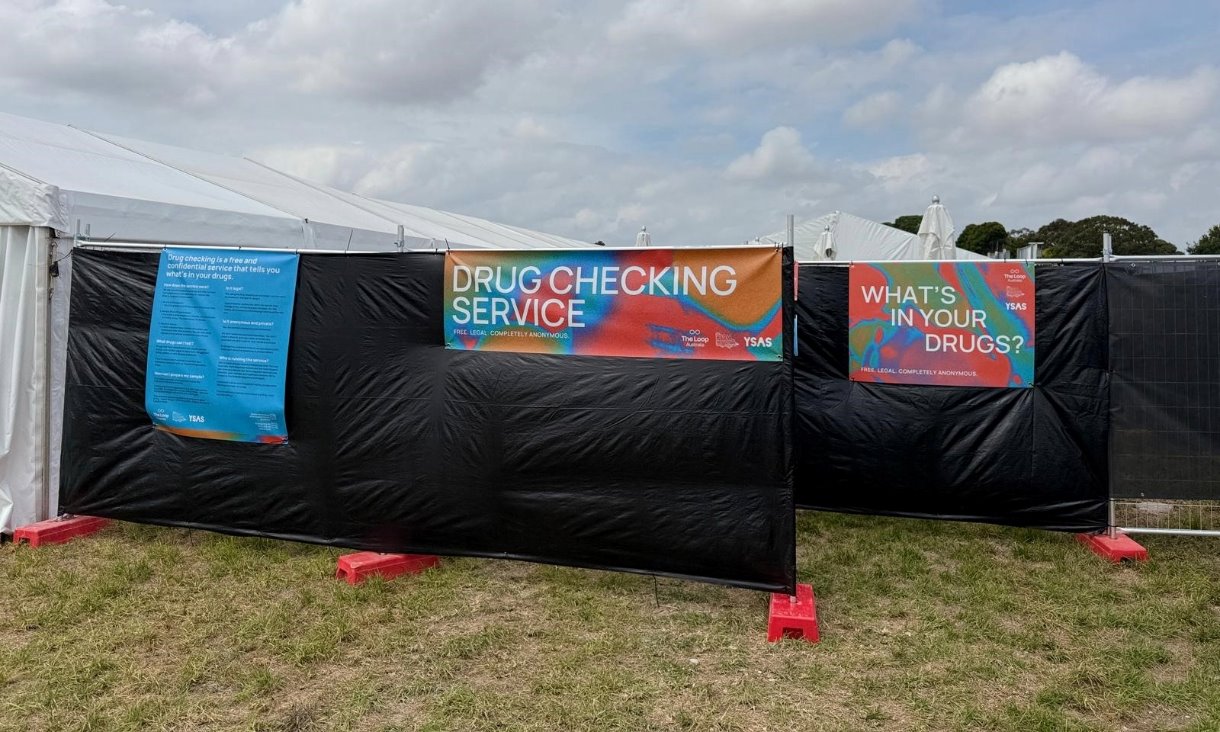Prosthetic leg donation program changes lives in Southeast Asia
A pioneering rehabilitation program led by RMIT University has fitted more than 200 prosthetic legs and delivered more than 4,600 biomechanical therapy treatments and counselling sessions in partnership with local programs across Indonesia, Timor-Leste and Cambodia.
New study on drug checking: trend warnings and alerts
As more Australian jurisdictions begin drug checking trials at festivals and in the community, experts are exploring how the data could reach significantly more people.
Blood test could make cancer treatments safer and more effective
Scientists from RMIT University and the Doherty Institute have developed a new blood test that could screen cancer patients to help make their treatment safer and more effective.
Transforming construction health and safety with SHINe
RMIT has launched the Safety and Health Innovation Network (SHINe), an industry-led collaborative research funding model to identify and tackle problems across the construction industry.







